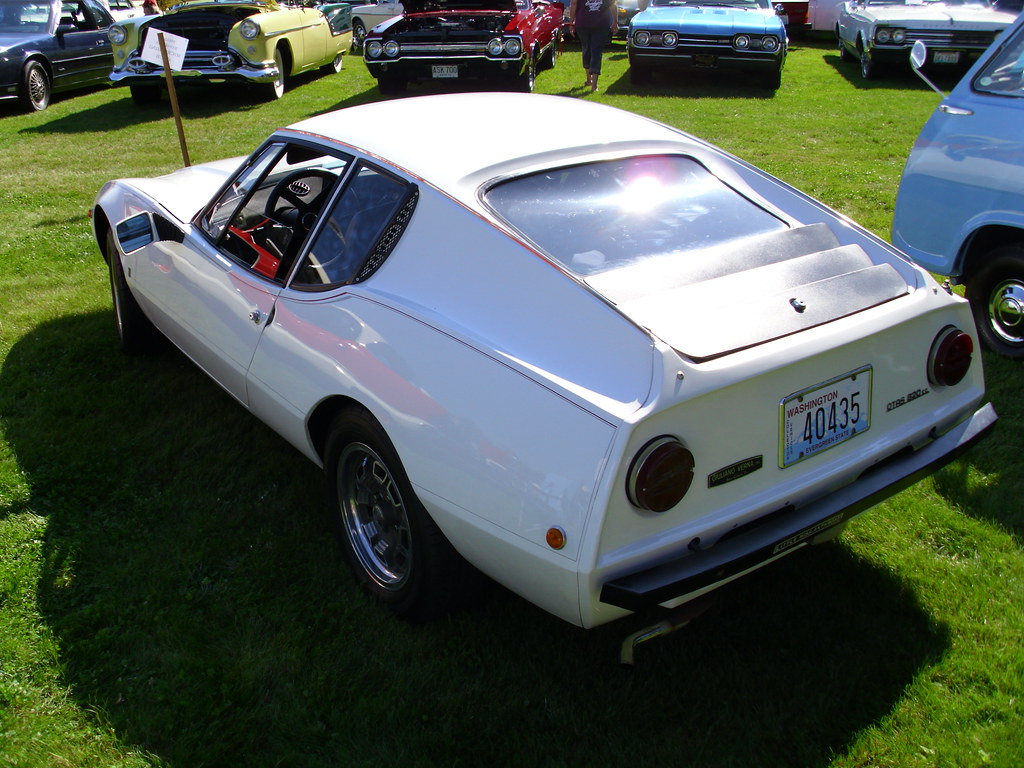
In the complex world of automotive ownership, few issues weigh as heavily on a consumer’s mind as vehicle reliability and safety. The specter of a car recall, a notification that your cherished vehicle has a safety concern requiring immediate attention, can be both inconvenient and unsettling. These recalls, often necessitating a trip to the dealership, are issued when a car has a safety concern that must be addressed, acting as a crucial safeguard to protect drivers and passengers alike.
The scale of these safety interventions is significant, underscoring the dynamic challenges faced by the automotive industry. In 2023 alone, the National Highway Traffic Safety Administration (NHTSA) reported issuing over 300 vehicle recalls, impacting an astonishing 35 million cars across the nation. This high volume highlights a critical aspect of vehicle ownership: while manufacturers strive for perfection, safety defects can emerge, making informed consumer choices more vital than ever.
Our deep dive into a recent comprehensive study, which meticulously analyzed projected lifetime recalls, aims to empower consumers with crucial insights. This analysis, spanning a projected 30-year lifespan for vehicles, identifies which models are most prone to recalls and, conversely, which offer a more steadfast, worry-free ownership experience. Understanding these trends is paramount for making decisions that prioritize both personal safety and peace of mind on the road.
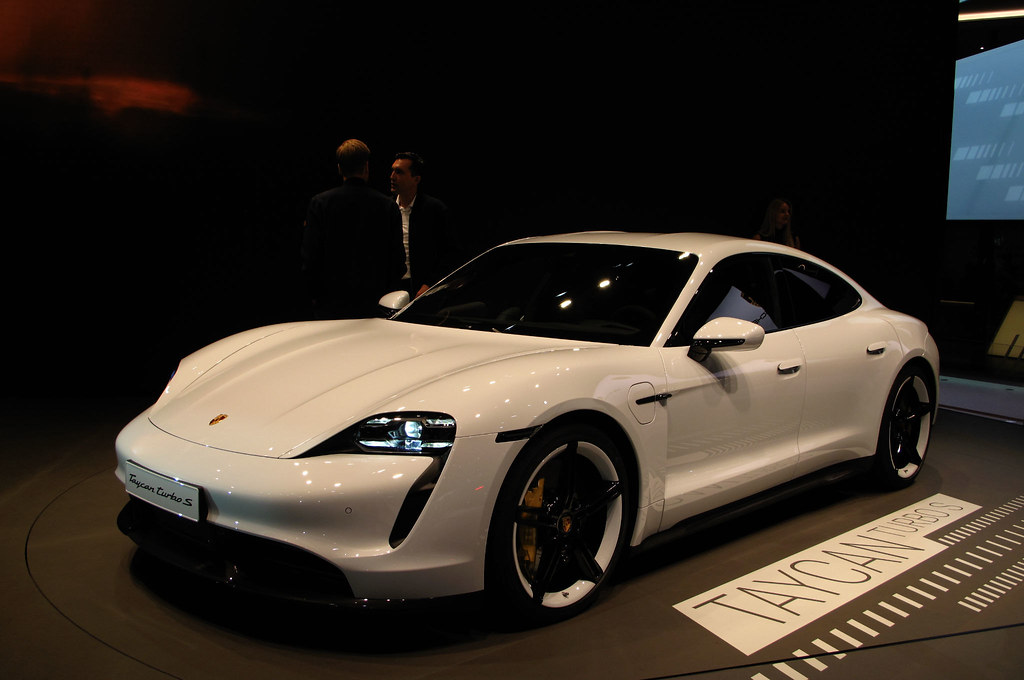
1. **Porsche Taycan: Leading the Most Recalled List**At the forefront of the vehicles projected to experience the highest number of lifetime recalls stands the Porsche Taycan, with an astonishing 70.7 projected recalls over a 30-year lifespan. This figure starkly contrasts with the industry median of just 3.2 recalls, positioning the Taycan as a significant outlier in terms of potential future safety interventions. Its prominence on this list is a key finding for consumers considering electric vehicles (EVs), as it reflects some of the inherent reliability challenges still being navigated in this evolving sector.
This high recall projection for the Taycan signals that even premium electric vehicles are not immune to issues that require manufacturer intervention. Such frequent recalls, whether related to design, manufacturing, or component quality, can erode consumer trust and introduce substantial inconvenience. For potential buyers, this data point emphasizes the importance of scrutinizing the recall history of any vehicle, particularly newer technologies.
While the allure of cutting-edge technology and performance is strong, the Taycan’s recall frequency serves as a powerful reminder of the practical implications of vehicle ownership. A car that requires numerous trips to the dealership for recall-related repairs, regardless of the brand’s prestige, can significantly disrupt an owner’s life. This makes the Taycan a focal point in discussions about the evolving reliability of advanced automotive engineering.
Car Model Information: 2024 Porsche Taycan Base
Name: Porsche Taycan
ModelCode: Type 9J1
Manufacturer: Porsche
Production: 2019–present
Assembly: Stuttgart
Designer: Emiel Burki
Class: Executive car
BodyStyle: Sedan (automobile),shooting brake
Platform: Volkswagen Group MSB platform#J1 Platform Models
Engine: Synchronous motor#Permanent-magnet
Layout: Rear-motor, rear-wheel-drive
Transmission: 1-speed direct-drive (front 8.05:1),2-speed automatic (rear; 16:1 and 8.05:1)
Battery: lithium-ion battery,lithium-ion battery
ElectricRange: cvt
Charging: Direct current,Direct current,Alternating current,Alternating current
Length: Convert
Wheelbase: Convert
Width: Convert
Height: Convert
Weight: Convert
Related: Audi e-tron GT
Sp: uk
Categories: 2020s cars, All-wheel-drive vehicles, All articles with unsourced statements, Articles with short description, Articles with unsourced statements from January 2025
Summary: The Porsche Taycan is a battery electric luxury sports sedan and shooting brake car produced by German automobile manufacturer Porsche. The concept version of the Taycan, named the Porsche Mission E, debuted at the 2015 Frankfurt Motor Show. Four years later, the production Taycan was revealed at the 2019 Frankfurt Motor Show. As Porsche’s first series production electric car, it is sold in several variants at different performance levels, and may spawn further derivatives in future models. It is built on the J1 electric car platform shared with the similarly shaped Audi e-tron GT.
The name “Taycan” (/taɪ-kan/) is a reference to the steed on the coat of arms of the city of Stuttgart, found on the Porsche crest. In Turkish, tay means colt or young horse, and can means lively. The “Turbo” name used in the higher trims, being electrically powered, does not mean to have turbochargers, but to have “increased power”.
Get more information about: Porsche Taycan
Buying a high-performing used car >>>
Brand: Porsche Model: Taycan
Price: $77,487 Mileage: 6,949 mi.
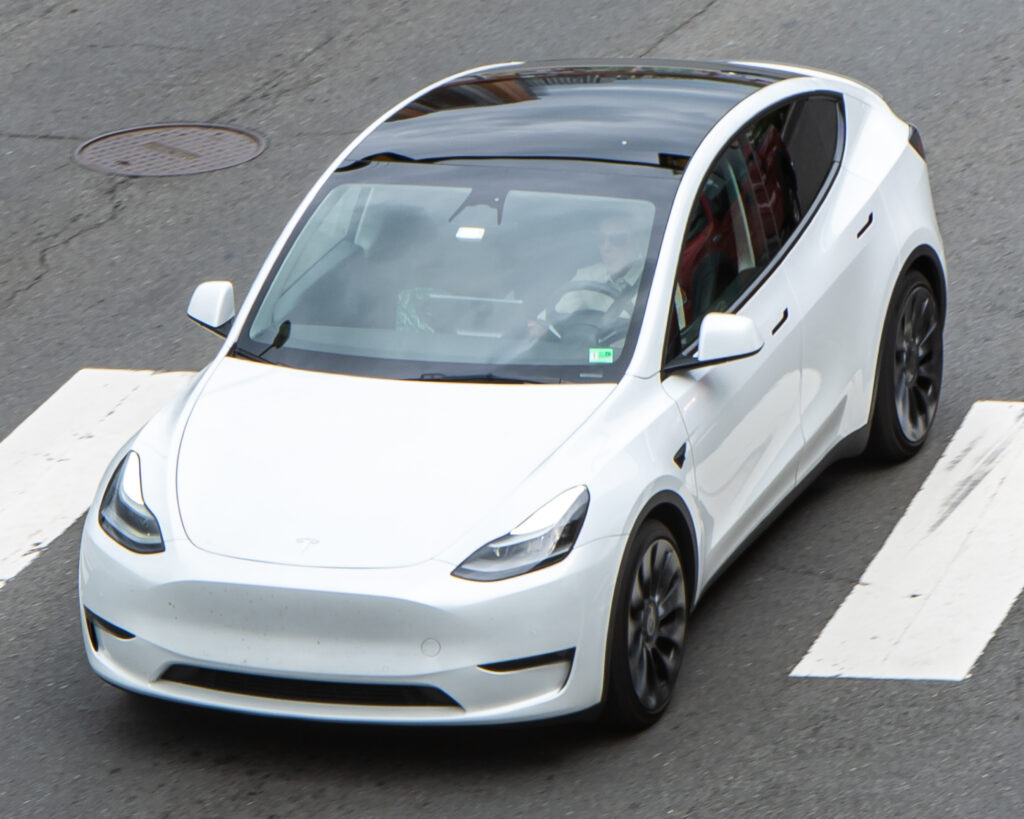
2. **Tesla Model Y: A Prominent EV on the High-Recall Spectrum**The Tesla Model Y also appears high on the list of most recalled vehicles, projected to have 66.9 recalls over its 30-year lifespan. This places it second only to the Porsche Taycan in terms of projected recall frequency. The Model Y’s inclusion, alongside three other Tesla models in the top seven, highlights a broader trend within the electric vehicle segment, specifically concerning Tesla’s recall frequency.
The study’s findings regarding the Model Y bring into focus the impact of over-the-air (OTA) updates on recall statistics. Many Tesla recalls can be resolved through these remote software updates, often performed conveniently while the car is parked. While this method reduces the physical hassle for owners, who may not even be aware a recall occurred, these still represent safety issues that need addressing to comply with NHTSA standards.
Despite the convenience of OTA updates, the sheer volume of projected recalls for the Model Y suggests underlying issues that could affect long-term vehicle performance and safety. When OTA recalls are excluded from the analysis, the Model Y, along with other Tesla models, drops out of the top 25 most recalled list. This dramatic shift underscores how OTA capabilities influence recall numbers, yet it doesn’t entirely negate the fact that issues requiring correction are still present.
Car Model Information: 2024 Audi Q5 45 S line Premium Plus
Name: Tesla Model Y
Caption: Pre-refresh Tesla Model Y
Manufacturer: Tesla, Inc.
Production: January 2020 – present
Assembly: Unbulleted list
Designer: Franz von Holzhausen
Class: Unbulleted list
BodyStyle: SUV
Layout: Unbulleted list
Related: Unbulleted list
Motor: unbulleted list
Battery: val,Lithium-ion battery
ElectricRange: FTP-75
Charging: unbulleted list
Wheelbase: Unbulleted list
Length: Unbulleted list
Width: Unbulleted list
Height: Unbulleted list
Weight: Unbulleted list
Sp: us
Categories: 2020s cars, All Wikipedia articles written in American English, All articles lacking reliable references, All articles that may contain original research, All articles to be expanded
Summary: The Tesla Model Y is a battery electric compact crossover SUV produced by Tesla, Inc. since 2020. The vehicle was presented in March 2019 as the company’s fifth production model since its inception after the Roadster, Model S, Model X and Model 3.
After its 2019 introduction, the Model Y started production at the Tesla Fremont Factory in California, US in January 2020. Production at Giga Shanghai, China was added in December 2020, and at Gigafactory Texas, US since late 2021. Deliveries from Gigafactory Berlin-Brandenburg, Germany started in March 2022.
The Model Y is based on the Model 3 sedan and serves as a larger variant, with around 76 percent of parts being shared between the two and identical exterior and interior styling. While most Model Y are configured with two-row seating, in the US the Model Y offered optional third-row seats for a seven-passenger seating capacity until the 2025 refresh.
In 2023, Tesla delivered 1.2 million Model Ys, making it the world’s best-selling vehicle that year, surpassing the Toyota Corolla and becoming the first electric vehicle to claim that title. With at least 2.16 million units delivered since its start of production up to December 2023, the Model Y is also the most popular electric vehicle of all time. In 2024 sales were second to the Toyota RAV4. A refreshed version of the Model Y was revealed in January 2025, with upgrades similar to the upgraded Model 3.
In mid-2025, Tesla unveiled and released the Model Y L, a long-wheelbase, six-seat variant of the Model Y.
Get more information about: Tesla Model Y
Buying a high-performing used car >>>
Brand: Tesla Model: Model Y
Price: $29,595 Mileage: 34,991 mi.
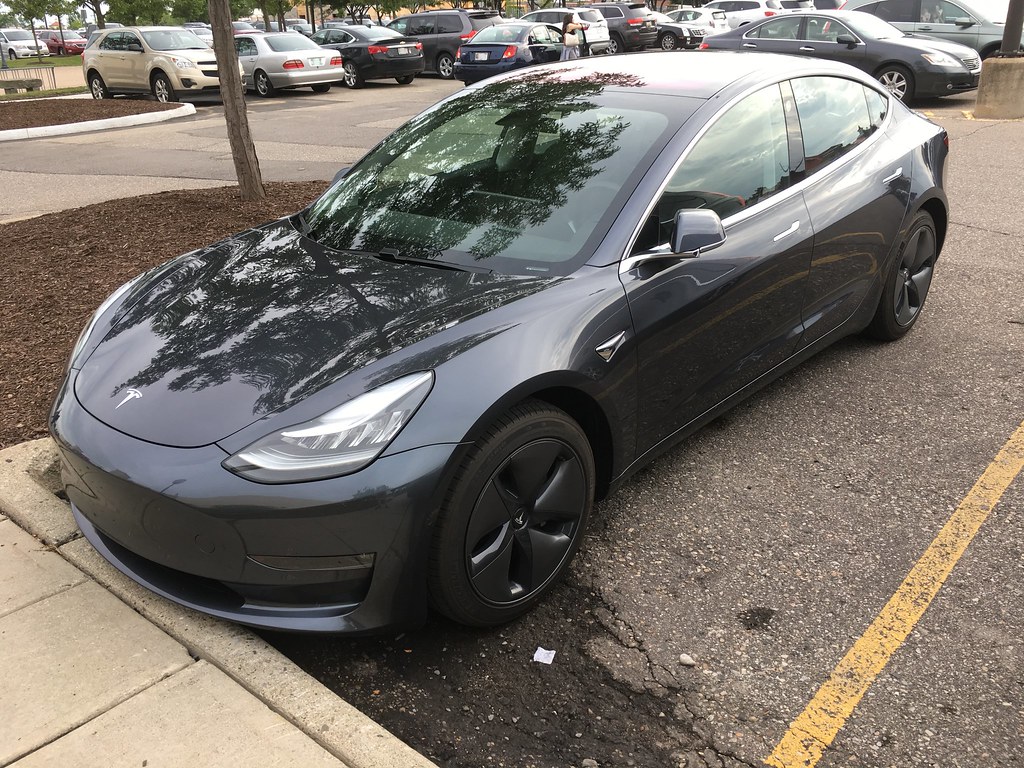
3. **Tesla Model 3: Navigating Software-Driven Recalls**The Tesla Model 3, another cornerstone of the brand’s lineup, is projected to incur 60.7 recalls over a 30-year period, securing its position as the third most recalled car. Its high ranking further reinforces the observation that Tesla models frequently appear among vehicles with the most projected lifetime recalls. This consistency across multiple Tesla models invites a deeper examination of the nature of these recalls and their implications for consumers.
The discussion around the Model 3’s recall frequency often revolves around the significant role of Over-the-Air (OTA) updates. These remote software patches represent a modern approach to addressing vehicle safety concerns, often rectifying issues without requiring a physical service visit. While undoubtedly convenient for owners, the fact remains that these updates are responses to identified safety defects or non-compliance with safety standards, similar to traditional recalls.
Crucially, the study indicates that when these OTA recalls are removed from consideration, the Tesla Model 3, like its siblings, significantly improves its standing on the recall list. This distinction reveals that a substantial portion of Tesla’s recall activity is software-related and addressable remotely. However, for consumers, it’s vital to recognize that frequent necessary updates, regardless of the delivery method, can still point to areas where initial design or software validation could be more robust, potentially affecting trust in the brand’s long-term reliability.

4. **MINI Convertible: A Benchmark for Low Recalls**Shifting our focus to the other end of the reliability spectrum, the MINI Convertible stands out as a remarkable example of engineering excellence and meticulous quality control. This vehicle holds the top spot on the list of least recalled cars, with a minuscule 0.2 projected recalls over its 30-year lifespan. This nearly flawless record makes it an exemplary choice for consumers who prioritize a hassle-free ownership experience and wish to avoid the disruptions associated with recalls.
The MINI Convertible’s exceptional performance in recall frequency underscores a strong commitment to quality and safety from its manufacturer. Such a low projection not only translates to fewer potential visits to the dealership but also reflects a higher degree of initial design integrity and robust manufacturing processes. For many drivers, the peace of mind that comes with owning a vehicle less likely to experience safety issues is a paramount consideration.
This vehicle’s position at the pinnacle of reliability stands in stark contrast to the high-recall models, offering a clear illustration of what is achievable in terms of product dependability. Its inclusion highlights that premium brands often, though not exclusively, lead the way in producing vehicles with fewer significant safety defects. The MINI Convertible sets a high standard for what consumers can expect when reliability is a primary purchasing factor.
Car Model Information: 2024 MINI Hardtop Cooper S
Sp: uk
Caption: 1959 Morris Mini-Minor (first one built)
Name: Mini
Aka: Austin 850,Rover Mini,Austin Cooper,Austin Mini,Austin Partner,Austin Seven,Innocenti Mini,Leyland Mini,Morris 850,Morris Mascot,Morris Mini Minor,Riley Elf,Wolseley 1000 (South Africa),Wolseley Hornet
Layout: Front-engine, front-wheel-drive layout
Manufacturer: British Motor Corporation,British Leyland,Rover Group
Production: 1959–2000 (5.38 million)
Class: City car
BodyStyle: sedan (car),convertible,Station wagon,sedan delivery,coupe utility
Engine: BMC A-series engine,Straight-four engine
Designer: Alec Issigonis,John Sheppard (car designer)
Transmission: 4-speed manual,AP automatic transmission,5-speed manual (optional extra on some later models)
Length: cvt,cvt,cvt
Width: cvt
Height: cvt
Weight: cvt
Wheelbase: cvt,cvt
Related: Mini Moke,Austin Metro,Innocenti Mini,Mini Wildgoose,Mini Marcos
Successor: Austin Metro,Mini Hatch
Assembly: Panmure, New Zealand
Categories: 1960s cars, 1970s cars, 1980s cars, 1990s cars, 2000s cars
Summary: The Mini is a very small two-door, four-seat car, produced for four decades over a single generation, with many names and variants, by the British Motor Corporation (BMC) and its successors British Leyland and the Rover Group, and finally (briefly) under BMW ownership. Minis were built as fastbacks, estates, convertibles, and various other body styles. Minus a brief 1990s hiatus, from 1959 into 2000, an estimated 5.38 million of all variations combined were built, and the Mini’s engines also powered another 2 million Mini Metros, though the Mini eventually outlasted its successor.
Initially, the Mini was marketed under the Austin and Morris names, as the Austin Seven and Morris Mini-Minor; the Austin Seven was renamed Austin Mini in 1962 and Mini became a marque in its own right in 1969. Retrospectively, the car is known as the “Classic Mini” to distinguish it from the modern MINI family of vehicles produced since 2001 by German carmaker BMW, who took ownership of the Mini name following the sale of Rover Group in 2000.
This distinctive two-door car was designed for BMC by Sir Alec Issigonis. Its space-saving transverse engine and front-wheel drive layout – allowing 80% of the area of the car’s floorpan to be used for passengers and luggage – influenced a generation of car makers. The front-wheel-drive, transverse-engine layout were used in many other “supermini” style car designs such as Honda N360 (1967), Nissan Cherry (1970), and Fiat 127 (1971). The layout was also adapted for larger subcompact designs. In 1999, the Mini was voted the second-most influential car of the 20th century, behind the Ford Model T, and ahead of the Citroën DS and Volkswagen Beetle. It is also considered an icon of 1960s British popular culture.
The Mini Mark I had three major UK updates: the Mark II, the Clubman, and the Mark III. Within these was a series of variations, including an estate car, a pick-up, a van, and the Mini Moke, a jeep-like buggy. The performance versions, the Mini Cooper and Cooper “S”, were successful as both race and rally cars, winning the Monte Carlo Rally in 1964, 1965, and 1967. The Mini was manufactured in England at the Longbridge plant in Birmingham located next to BMC’s headquarters and at the former Morris Motors plant at Cowley, as well as in Australia (Victoria Park/Zetland BMC Australia factory) and later also in Spain (Authi), Belgium, Italy (Innocenti, as the Innocenti Mini), Chile, Malta, Portugal, South Africa, Uruguay, Venezuela, and Yugoslavia (IMV). In 1980, British Leyland launched the Mini’s follow-up, the Austin Metro, however the Mini outlasted it and continued to be produced at Longbridge until October 2000.
Get more information about: Mini
Buying a high-performing used car >>>
Brand: MINI Model: Convertible
Price: $21,499 Mileage: 27,590 mi.
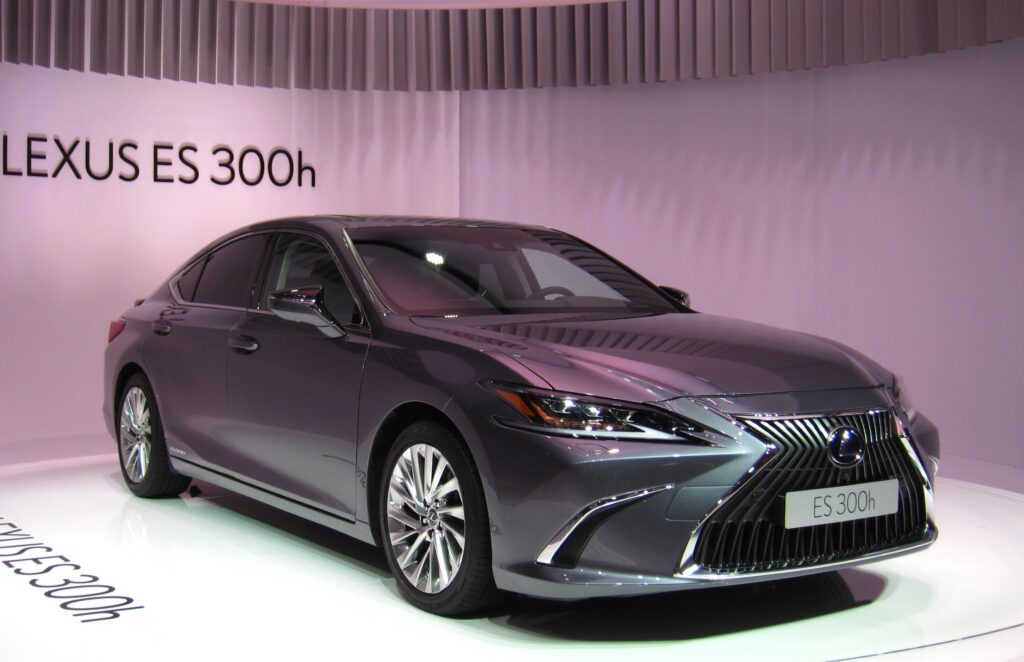
5. **Lexus ES 300h: Epitome of Hybrid Reliability**The Lexus ES 300h, a popular hybrid sedan, is another shining example of vehicle reliability, boasting an impressively low 0.3 projected recalls over three decades. Its consistent performance in this category places it firmly among the top contenders for least recalled cars. Lexus, as a brand, dominates the list of least recalled vehicles, occupying a significant number of the top 25 slots, reinforcing its reputation for producing high-quality and dependable automobiles.
The minimal recall projection for the Lexus ES 300h speaks volumes about the brand’s engineering precision and commitment to consumer satisfaction. Vehicles with fewer recalls inherently offer a more reliable and worry-free ownership experience, as they are less likely to encounter safety issues that demand frequent, time-consuming dealership visits. This makes the ES 300h an attractive option for those seeking long-term dependability.
This model’s placement on the list further cements the perception that certain premium brands consistently deliver on reliability. For car buyers, the ES 300h represents a tangible benefit: the ability to enjoy their vehicle with minimal interruption from unexpected safety campaigns. It underscores the value proposition of investing in a brand with a proven track record of designing and manufacturing cars with enduring quality.
Car Model Information: 2024 Audi Q5 45 S line Premium Plus
Name: Lexus ES
Caption: Lexus ES 350 (GSZ10)
Manufacturer: Toyota
Aka: unbulleted list
Production: June 1989 – present
Class: unbulleted list
BodyStyle: unbulleted list
Layout: unbulleted list
ModelYears: 1990–present
Categories: 1990s cars, 2000s cars, 2010s cars, 2020s cars, All-wheel-drive vehicles
Summary: The Lexus ES is a mid-size luxury sedan marketed since 1989 by Lexus, the luxury division of Toyota, across multiple generations, each offering V6 engines and a front-engine, front-wheel-drive layout. The first five generations of the ES used the Toyota Camry platform, while the latter generations are more closely related to both the Camry and the Avalon. Manual transmissions were offered until 1993, a lower-displacement inline-four engine became an option in Asian markets in 2010, and a gasoline-electric hybrid version was introduced in 2012. The ES was Lexus’s only front-wheel drive vehicle until 1998, when the related RX was introduced, and the sedan occupied the entry-level luxury car segment of the Lexus lineup in North America and other regions until the debut of the IS in 1999. The ES name stands for “Executive Sedan”. However, some Lexus importers use the name, “Elegant Sedan”.
Introduced in 1989, the first generation ES 250 was one of two vehicles in Lexus’s debut range, along with the LS 400. The second generation ES 300 debuted in 1991, followed by the third generation ES 300 in 1996, and the fourth generation ES 300/330 in 2001. The first- through fourth generation sedans shared body styling elements with Japan-market Toyota sedans, and a domestic market equivalent, the Toyota Windom (Japanese: トヨタ・ウィンダム, Toyota Windamu), was sold until the launch of the fifth generation ES in 2006. The word “Windom” is a combination of “win” and the suffix “dom” expresses a state of perpetual victory. The fifth generation ES used body styling marketed by Lexus as L-finesse and debuted in early 2006 as a 2007 model. The sixth generation ES debuted in the first half of 2012 as a 2013 model, and features increased cabin dimensions due to a longer wheelbase which is shared with the full-size XX40 series Avalon.
Lexus has positioned the ES in the comfort luxury segment, with an emphasis on interior amenities, quietness, and ride quality, in contrast with more firm-riding sport sedans. Buyers seeking more performance-focused models are targeted by the Lexus IS and rival makes, with such models offering a sportier drive with differently tuned suspensions. In Europe, Japan and other markets where it was not available until the seventh generation model, the GS sport sedans occupy the mid-size category in the Lexus lineup until it was cancelled August 2020. In the United States, the ES has been the best-selling Lexus sedan for over fifteen years.
Get more information about: Lexus ES
Buying a high-performing used car >>>
Brand: Lexus Model: ES 300h
Price: $29,595 Mileage: 34,991 mi.
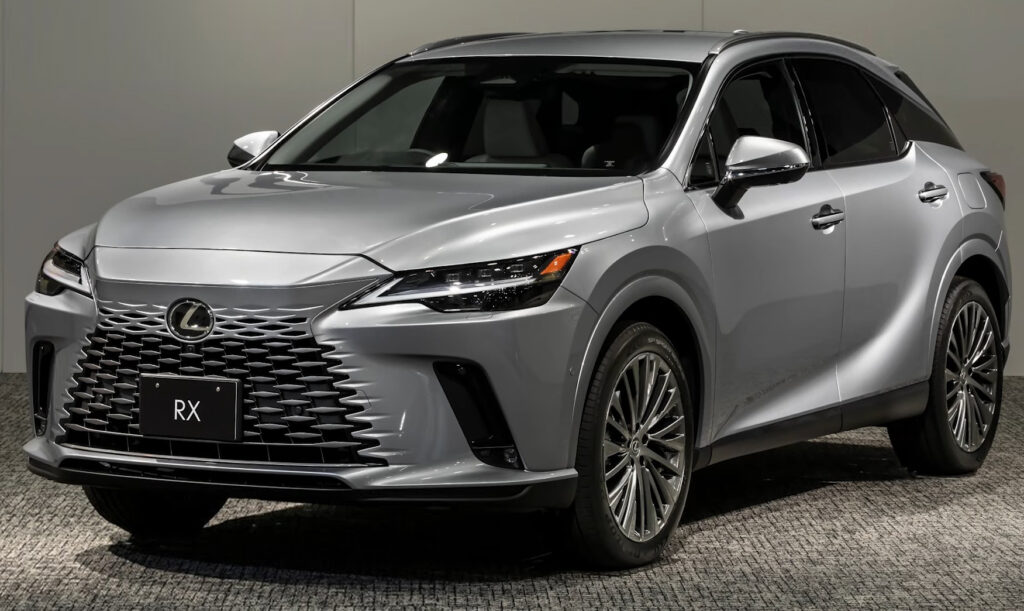
6. **Lexus RX 450h: Consistent Excellence in SUVs**Mirroring the outstanding reliability of its sedan counterpart, the Lexus RX 450h hybrid SUV also distinguishes itself with a projected 0.3 recalls over a 30-year lifespan. This reinforces Lexus’s dominant presence on the list of least recalled cars, with the brand accounting for a remarkable 15 of the top 25 slots. Such widespread reliability across different vehicle segments within the Lexus lineup is a powerful testament to their manufacturing standards.
The consistently low recall projections for models like the RX 450h demonstrate that Lexus prioritizes rigorous testing and quality control throughout its development and production cycles. For SUV enthusiasts, finding a model that combines utility with such high levels of projected reliability is a significant advantage. It ensures that owners can depend on their vehicle for daily commutes and family adventures without the frequent concerns of safety-related issues.
Indeed, the Lexus RX 450h exemplifies the ideal of a reliable vehicle, contributing to a more hassle-free and enjoyable ownership journey. Its low recall rate means less time spent at service centers and more time on the road, confidently. This model’s position solidifies the notion that choosing from brands with an established history of dependability, particularly within the premium segment, can lead to a demonstrably more satisfying and secure driving experience.
Navigating the complexities of car ownership requires a clear understanding of vehicle reliability, particularly in an era where recalls are becoming increasingly common. Our comprehensive analysis of projected lifetime recalls has illuminated significant disparities, guiding consumers toward more informed choices. Building on these insights, the second section of our article shifts focus to actionable recommendations, empowering car buyers to make safer decisions and encouraging manufacturers to uphold the highest standards of vehicle integrity and recall management.
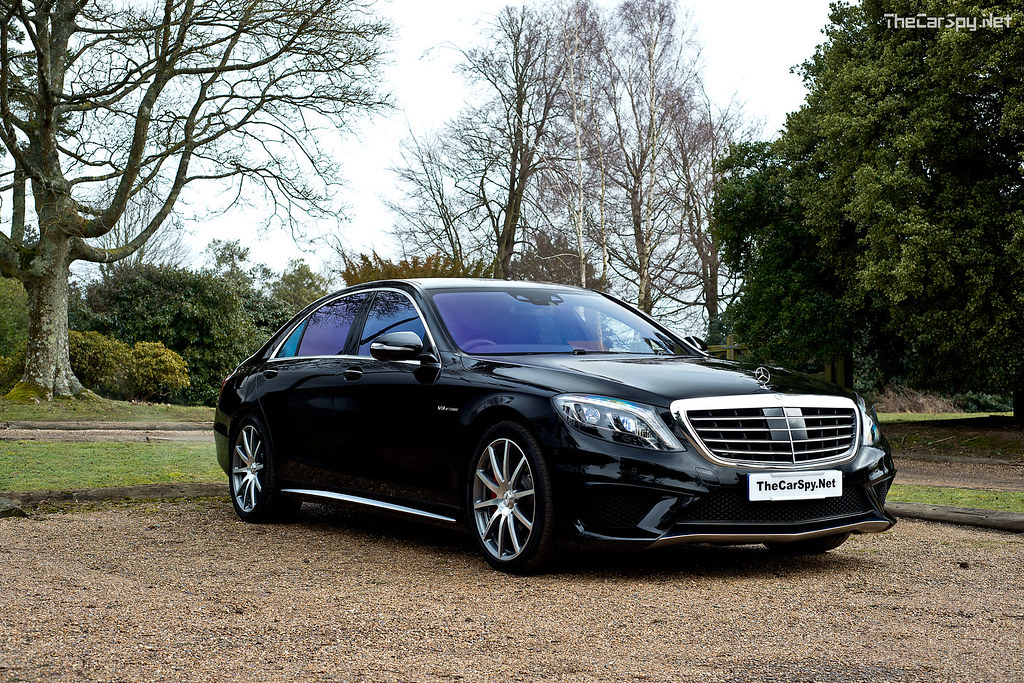
7. **Prioritize Reliable Brands: A Foundation for Peace of Mind**When embarking on the journey to purchase a new vehicle, the foundation of a worry-free ownership experience often begins with selecting a brand renowned for its reliability. Our study unequivocally demonstrates that certain manufacturers consistently deliver vehicles with a significantly lower propensity for recalls. This proactive approach to brand selection is perhaps the most crucial initial step for car buyers aiming to mitigate future disruptions.
The data points to premium brands such as Lexus, Mercedes-Benz, and MINI as exemplars of reliability. These manufacturers have cultivated a strong track record, consistently producing high-quality vehicles that demonstrate endurance and minimal safety-related interventions over time. For instance, Lexus alone occupies 15 of the top 25 slots on the list of least recalled cars, a compelling testament to its commitment to engineering precision and consumer satisfaction.
Choosing a vehicle from these established, dependable brands translates directly into tangible benefits for the consumer. It means fewer unforeseen trips to the dealership for recall repairs, less time away from daily routines, and, most importantly, enhanced peace of mind. Such a decision is not merely about avoiding inconvenience; it is about investing in a vehicle designed and built with an unwavering focus on long-term safety and operational integrity.
Read more about: The Ultimate Guide: Unpacking the U.S. Auto Repair Shops Facing the Most Customer Complaints
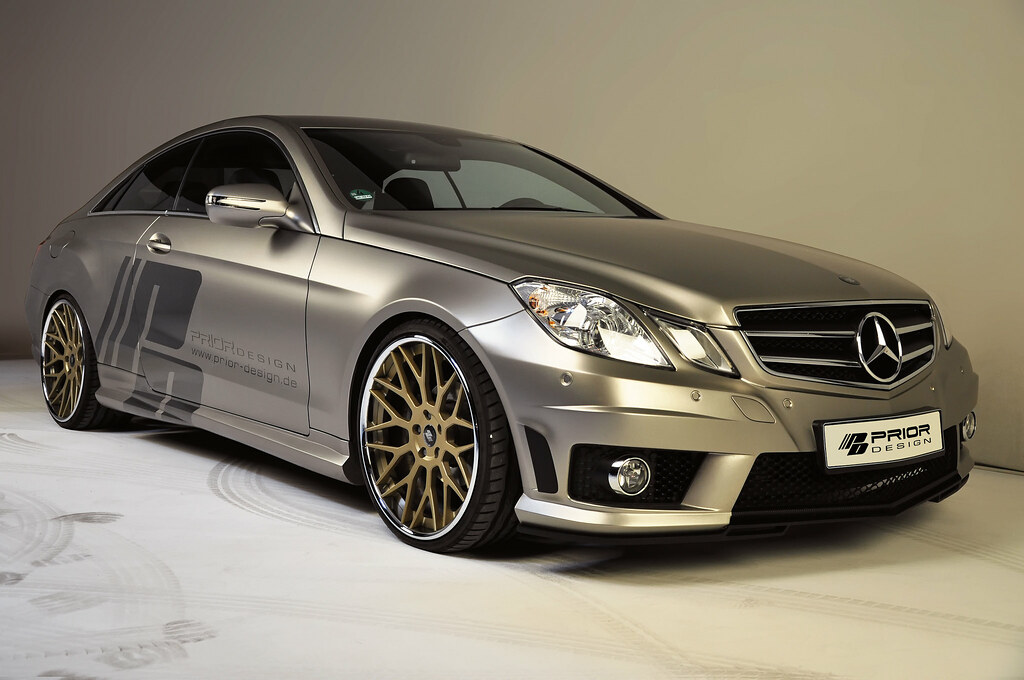
8. **Research Recall History: Your Personal Due Diligence**Beyond brand reputation, a vital step for any savvy car buyer is to conduct thorough personal due diligence by researching a vehicle’s specific recall history. This proactive measure can serve as a powerful safeguard, helping to predict and potentially avoid future issues that could compromise safety or convenience. The National Highway Traffic Safety Administration (NHTSA) stands as an invaluable resource in this investigative process.
The NHTSA website offers a comprehensive recall search tool, allowing consumers to easily look up a vehicle’s history by its Vehicle Identification Number (VIN) or other identifiers. Furthermore, the agency provides options to sign up for recall notifications and even offers a SafeCar mobile app, ensuring that critical safety information is readily accessible. These tools empower buyers to delve into the specifics of a model’s past performance before making a commitment.
This research becomes particularly critical when considering a used car purchase, especially from private sellers, where transparency about a vehicle’s history might be less assured. By reviewing previous recalls, buyers can gain crucial insights into potential recurring problems or design flaws that may have affected specific models or production years. This informed approach is not just a recommendation; it is an essential practice for minimizing the risk of purchasing a vehicle that could pose significant inconvenience or safety concerns down the line.
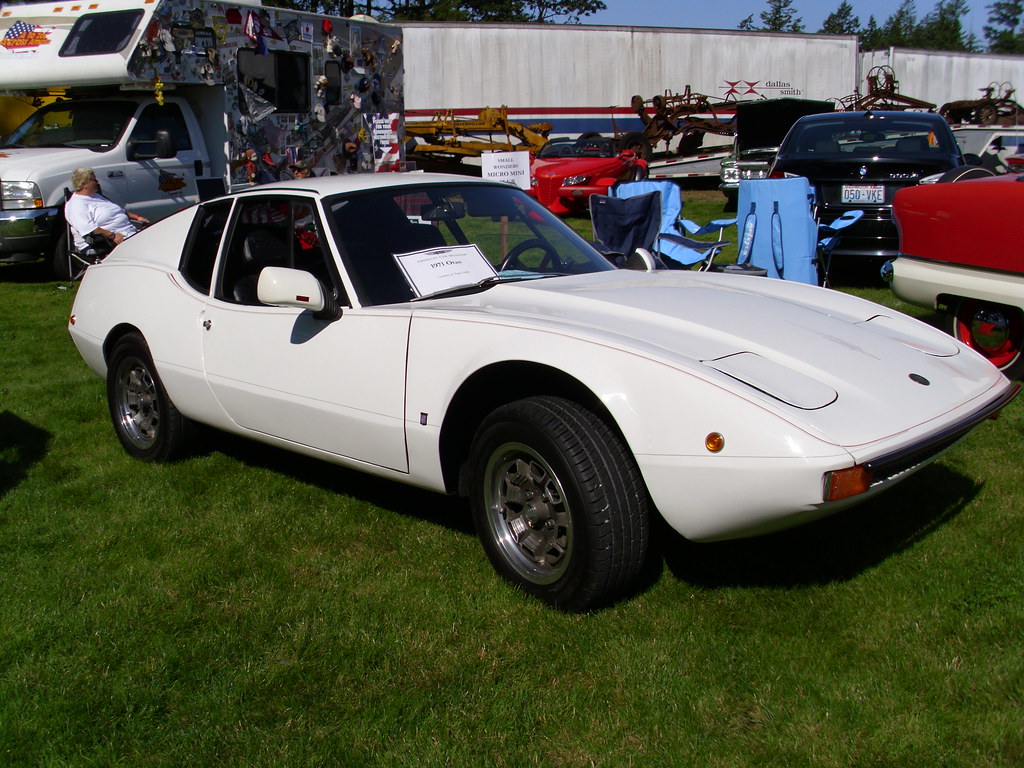
9. **Consider OTA Capabilities: A Modern Solution for EV Owners**For consumers considering the transition to electric vehicles (EVs), understanding the role and impact of Over-the-Air (OTA) update capabilities is a pertinent factor in assessing a vehicle’s recall management. While the convenience of OTA updates is undeniable, it’s essential to grasp their nuances and implications for long-term ownership, especially within the context of recall frequency.
Many EV manufacturers, most notably Tesla, utilize OTA updates to address safety recalls remotely. These software patches can often be deployed while the vehicle is parked, often overnight, circumventing the need for a physical service appointment. This innovative approach significantly reduces the hassle for owners, who may, at times, not even be fully aware that a recall-related update has occurred, minimizing disruption to their daily lives.
However, it is crucial to recognize that even though these updates are convenient, they still represent responses to identified safety defects or instances of non-compliance with safety standards. The sheer volume of OTA recalls, when analyzed, can still point to areas where initial design or software validation could be more robust. Therefore, while OTA capabilities mitigate the logistical inconvenience, consumers should weigh whether frequent necessary updates, regardless of delivery method, reflect on the brand’s long-term reliability and their trust in the vehicle’s inherent design integrity.
Read more about: The 7 Most Reliable Printers for Home Use Under $150: Expert Picks for Lasting Value

10. **Enhance Reliability: The Manufacturer’s Imperative**For car manufacturers, the pursuit of enhanced vehicle reliability is not merely a competitive advantage but an imperative for consumer trust and safety. The drastic disparity in recall frequencies observed across the industry underscores the critical importance of investing in robust design, meticulous manufacturing, and rigorous testing processes to minimize the occurrence of safety defects.
Reducing the frequency of recalls directly translates into heightened customer satisfaction and a stronger brand reputation. By prioritizing better quality control at every stage of production and implementing more stringent, comprehensive testing protocols, manufacturers can identify and rectify potential issues before vehicles ever reach the consumer. This commitment to pre-emptive problem-solving is fundamental to building cars that consistently meet and exceed safety standards.
Ultimately, a focus on intrinsic reliability is a long-term investment that yields significant dividends. It reduces warranty claims, enhances consumer loyalty, and fosters a perception of dependability that is invaluable in today’s competitive automotive market. Manufacturers who commit to these principles demonstrate a profound respect for their customers’ safety and their vehicles’ longevity.
11. **Leverage OTA Updates: The Future of Efficient Recall Management**As the automotive industry continues its rapid evolution towards more connected and autonomous vehicles, leveraging Over-the-Air (OTA) update capabilities will become an increasingly vital component of efficient recall management. For manufacturers, expanding and optimizing these remote software update systems presents a significant opportunity to streamline the recall process and minimize disruption for vehicle owners.
OTA updates enable manufacturers to address software-related safety concerns with unprecedented speed and efficiency. This capability allows for immediate deployment of fixes to entire fleets, often resolving issues before they manifest into significant problems for drivers. The ability to push essential updates remotely not only mitigates potential safety risks more swiftly but also dramatically reduces the logistical burden associated with traditional dealership-based recalls.
Looking ahead, as vehicles integrate more complex software systems for everything from infotainment to critical driving functions, the strategic use of OTA technology will be paramount. It ensures that vehicles can remain compliant with evolving safety standards and benefit from continuous improvements throughout their lifecycle, offering both enhanced safety and a more convenient ownership experience for the modern driver.
Read more about: Drive Safer and Smarter: The 12 Essential Car Software Updates for Enhanced Security and Performance

12. **Proactive Recall Management: Maintaining Consumer Trust**Beyond the technical solutions, a manufacturer’s approach to recall management significantly impacts consumer trust and brand loyalty. Adopting proactive strategies to swiftly address safety concerns and maintaining transparent communication with customers are essential for navigating the inevitable challenges that arise when defects are identified.
Transparent communication is a cornerstone of effective recall management. When manufacturers clearly and promptly inform customers about a recall, the nature of the defect, and the steps being taken to resolve it, it demonstrates a commitment to accountability. This open dialogue helps alleviate consumer anxiety and fosters a sense of partnership, reinforcing the idea that the brand genuinely cares about its customers’ safety.
Furthermore, a proactive stance involves not only rapid deployment of fixes but also making the recall process as convenient as possible for affected owners. This includes offering clear instructions, flexible scheduling for repairs, and ensuring adequate parts availability. By managing recalls efficiently and communicating openly, manufacturers can transform a potentially negative experience into an opportunity to solidify brand loyalty and reassure consumers that their safety remains a top priority.
Read more about: Drive Safer and Smarter: The 12 Essential Car Software Updates for Enhanced Security and Performance
Choosing a reliable vehicle is a decision with long-lasting implications for safety, convenience, and peace of mind. While recalls are an inherent aspect of vehicle ownership, the insights from our study provide a robust framework for making informed decisions. By prioritizing brands with proven reliability, diligently researching recall histories, and understanding modern solutions like OTA updates, consumers can significantly reduce the frequency and impact of future disruptions. For manufacturers, a steadfast commitment to enhancing reliability, leveraging technological advancements, and engaging in proactive, transparent recall management will be key to building enduring trust and ensuring safer roads for everyone. Ultimately, an informed approach from both sides of the automotive equation paves the way for a more secure and satisfying driving experience.

